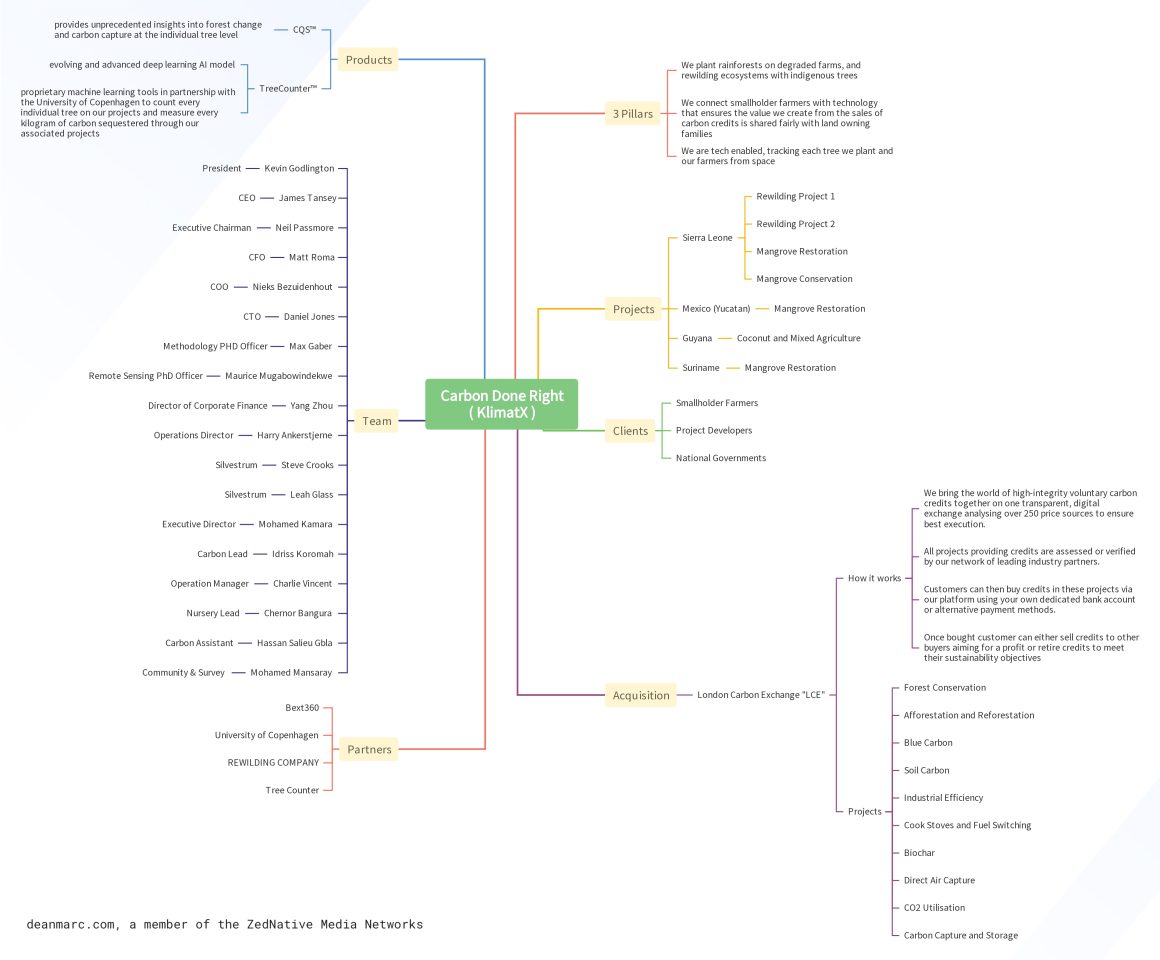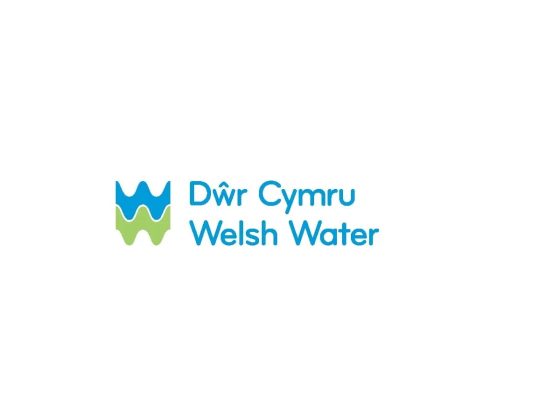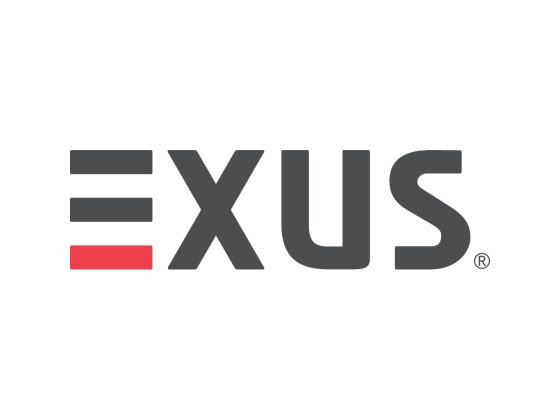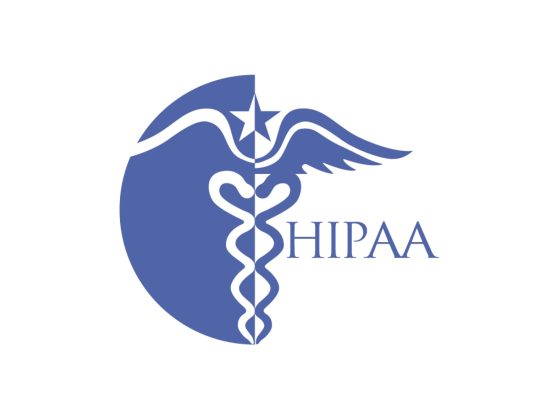07 Mar 2024 – Klimat X Rebrands To Carbon Done Right, Reveals Scaling Plans
Klimat X, a company specializing in nature-based carbon solutions, has revealed its new name: Carbon Done Right. This significant change comes as the company expands its activities through an innovative partnership in AI technology and prepares to list on the London Stock Exchange (AIM).
The adoption of the new name marks not just the rebranding of Klimat X but also the enhancement of their processes through technological advancements. Utilizing the Carbon Quantification System (CQSTM), the company aims to revolutionize how carbon sequestration is monitored and verified.
08 Mar 2024 – Carbon Done Right Announces Acquisition of the London Carbon Exchange
VANCOUVER, BC, March 8, 2024 /CNW/ – Carbon Done Right Developments Inc. (“Carbon Done Right” or the “Company”) (TSXV: KLX) (FSE: Q1C) formally Klimat X Development Corp. a company that carries on the business of developing validated and verified carbon credits from afforestation and reforestation of degraded land areas and marine ecosystems, including mangroves, for sale into international voluntary carbon markets, is pleased to announce the Company’s intention to acquire London Carbon Exchange “LCE” in an all-share transaction for the equivalent of USD450,000 issued in shares at the date of the next placing, concurrent with the dual listing of the Company on the London Stock Exchange Alternative Investment Market (“AIM”). Combined with the recently announced launch of the highly innovative Carbon Quantification System (CQS™) that provides unprecedented transparency into carbon credit transactions this will further strengthen the Company’s commitment to the rapid growth of investment in large scale carbon credit restoration and conservation projects on degraded and threatened land.
Tucker, C., Brandt, M., Hiernaux, P. et al. Sub-continental-scale carbon stocks of individual trees in African drylands. Nature 615, 80–86 (2023). https://doi.org/10.1038/s41586-022-05653-6
Abstract
The distribution of dryland trees and their density, cover, size, mass and carbon content are not well known at sub-continental to continental scales1,2,3,4,5,6,7,8,9,10,11,12,13,14. This information is important for ecological protection, carbon accounting, climate mitigation and restoration efforts of dryland ecosystems15,16,17,18. We assessed more than 9.9 billion trees derived from more than 300,000 satellite images, covering semi-arid sub-Saharan Africa north of the Equator. We attributed wood, foliage and root carbon to every tree in the 0–1,000 mm year−1 rainfall zone by coupling field data19, machine learning20,21,22, satellite data and high-performance computing. Average carbon stocks of individual trees ranged from 0.54 Mg C ha−1 and 63 kg C tree−1 in the arid zone to 3.7 Mg C ha−1 and 98 kg tree−1 in the sub-humid zone. Overall, we estimated the total carbon for our study area to be 0.84 (±19.8%) Pg C. Comparisons with 14 previous TRENDY numerical simulation studies23 for our area found that the density and carbon stocks of scattered trees have been underestimated by three models and overestimated by 11 models, respectively. This benchmarking can help understand the carbon cycle and address concerns about land degradation24,25,26,27,28,29. We make available a linked database of wood mass, foliage mass, root mass and carbon stock of each tree for scientists, policymakers, dryland-restoration practitioners and farmers, who can use it to estimate farmland tree carbon stocks from tablets or laptops.
Source:
https://www.nature.com/articles/s41586-022-05653-6
Comprehensive review of carbon quantification by improved forest management offset protocols
Abstract
Improved forest management (IFM) has the potential to remove and store large quantities of carbon from the atmosphere. Around the world, 293 IFM offset projects have produced 11% of offset credits by voluntary offset registries to date, channeling substantial climate mitigation funds into forest management projects. This paper summarizes the state of the scientific literature for key carbon offset quality criteria—additionality, baselines, leakage, durability, and forest carbon accounting—and discusses how well currently used IFM protocols align with this literature. Our analysis identifies important areas where the protocols deviate from scientific understanding related to baselines, leakage, risk of reversal, and the accounting of carbon in forests and harvested wood products, risking significant over-estimation of carbon offset credits. We recommend specific improvements to the protocols that would likely result in more accurate estimates of program impact, and identify areas in need of more research. Most importantly, more conservative baselines can substantially reduce, but not resolve, over-crediting risk from multiple factors.
Source: https://www.frontiersin.org/articles/10.3389/ffgc.2023.958879/full













